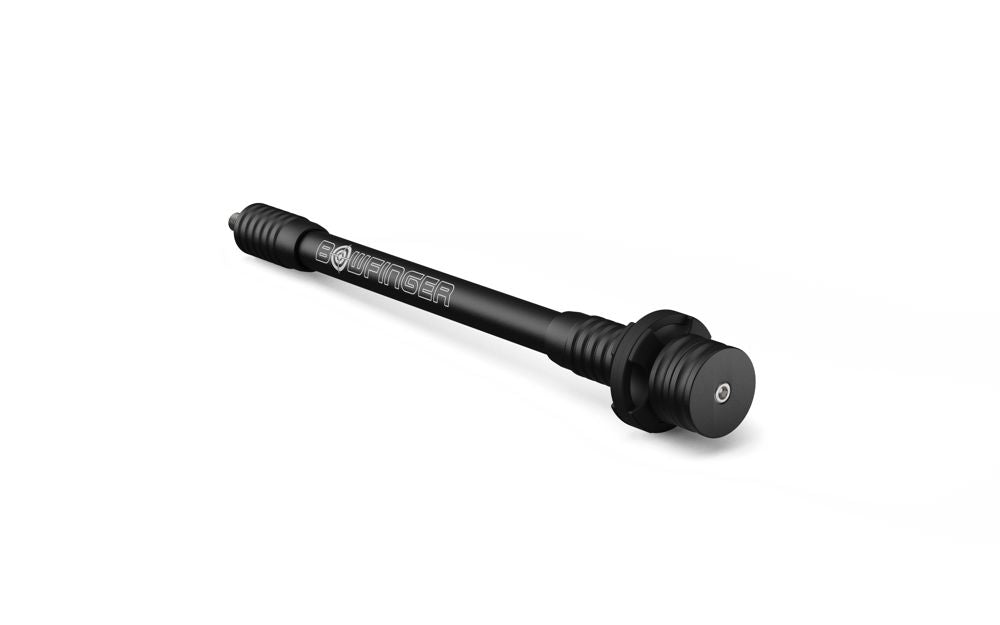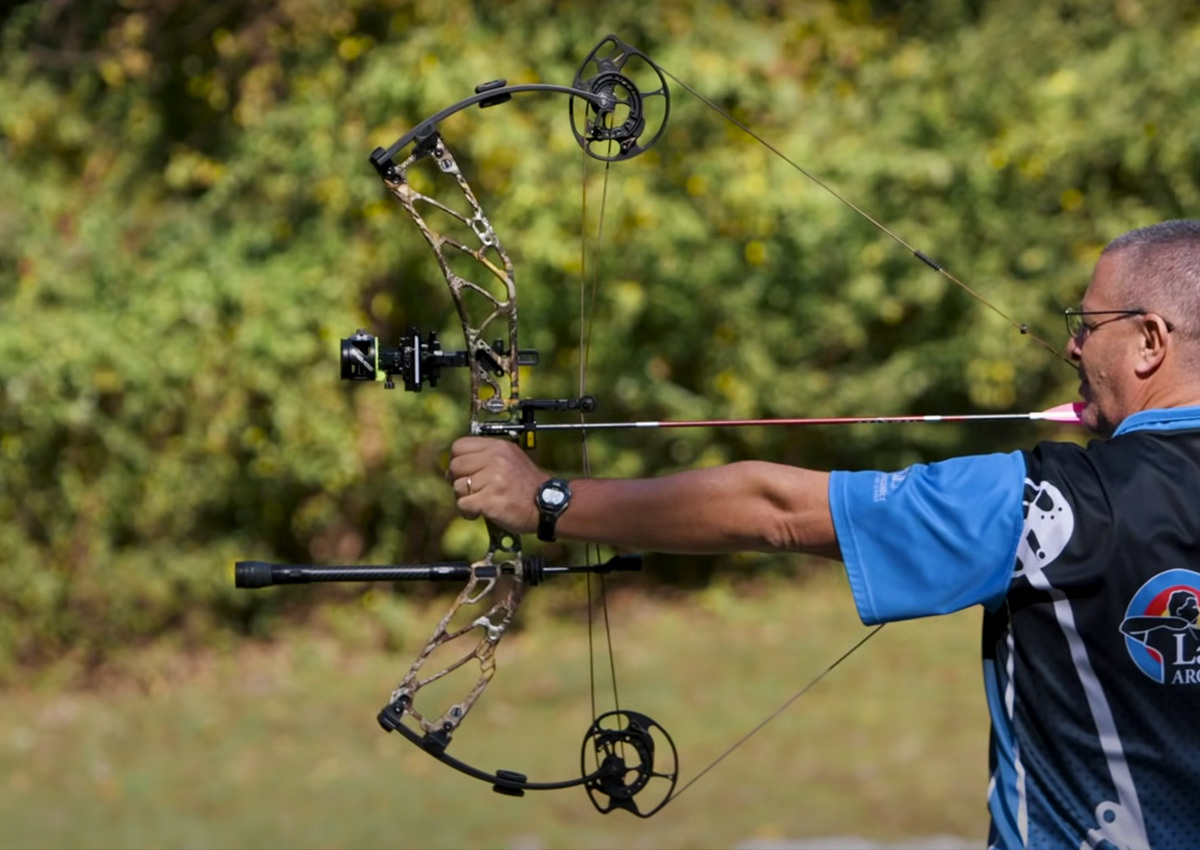The Ultimate Overview to Choosing the Right Archery Stabilizer for Enhanced Precision
Archery is a sport that requires accuracy and precision, and choosing the appropriate equipment is crucial for accomplishing optimum outcomes. Among the different devices available, an archery stabilizer plays a considerable function in boosting accuracy. With so several alternatives on the market, it can be overwhelming to identify which stabilizer is the ideal fit for your demands. In this extensive overview, we will certainly discover the vital factors to think about when selecting an archery stabilizer for enhanced accuracy. From discovering the optimum size to understanding the different layouts and materials, we will explore everything you need to recognize to make a notified choice. So, whether you are a seasoned archer looking to upgrade your devices or a novice seeking support, join us on this journey as we decipher the tricks to choosing the best archery stabilizer.
Length: Finding the Optimum Stabilizer Size
Establishing the suitable stabilizer length is important when selecting an archery stabilizer for optimum efficiency. A stabilizer that is too long can make the bow feel top-heavy and challenging to regulate, while a stabilizer that is as well short might not provide sufficient security and dampening of resonances.
A longer stabilizer, normally varying from 8 to 12 inches, can provide higher security and lower bow torque. This is especially valuable for archers who shoot with a high draw weight or those that tend to torque the bow during the shot. The added length aids to distribute the weight evenly and counterbalance any type of torque or activity.
On the various other hand, a much shorter stabilizer, usually in between 4 to 7 inches, supplies more maneuverability and quicker response. It is preferred by archers who shoot with a reduced draw weight or those that need even more mobility, such as hunters or 3D shooters. The shorter length permits less complicated activity through tight spaces and faster adjustments.
Eventually, the ideal stabilizer length refers personal preference and shooting style. It is suggested to trying out various sizes and observe the impacts on security and accuracy. Consulting with knowledgeable archers or specialists can additionally give beneficial understandings and referrals.
Weight: Establishing the Appropriate Stabilizer Weight
After considering the optimal stabilizer length, the following vital variable to think about when selecting an archery stabilizer is figuring out the proper stabilizer weight - archery stabilizer. The weight of the stabilizer plays an essential role in boosting precision and stability during the shot
The weight of the stabilizer affects the equilibrium and control of the bow. A larger stabilizer can give boosted stability and control, especially for shooters with a propensity for irregular shots or unstable hands. It helps to soak up the resonances and recoil produced by the bow, decreasing torque and decreasing the effect on the arrowhead's flight.
On the other hand, a lighter stabilizer permits a quicker and extra receptive bow. It can be useful for shooters that prioritize ability to move and speed over stability. Lighter stabilizers likewise reduce fatigue during long shooting sessions or competitors.
To figure out the proper stabilizer weight for your requirements, it is very important to consider your shooting style, physical strength, and bow setup. Trying out various weights and observing the influence on your shooting performance is essential to finding the ideal equilibrium.
Eventually, the ideal stabilizer weight will vary for every private archer. It is advised to begin with a modest weight and make modifications based on personal choice and shooting outcomes. Bear in mind, the objective is to achieve a steady and regulated shot, while also maintaining convenience and ease of usage.
Materials: Selecting the Right Materials for Resilience and Efficiency
When choosing an archery stabilizer, it is important to very carefully take into consideration the products utilized in its building and construction to guarantee toughness and click here for more info enhance efficiency. The option of products can considerably affect the overall quality and performance of the stabilizer.
One of the most typically made use of materials for stabilizers is carbon fiber. In addition, carbon fiber stabilizers are resistant to temperature modifications and are much less likely to warp or bend over time.
One more preferred material for stabilizers is light weight aluminum. Aluminum stabilizers are recognized for their durability and rigidity. They give excellent wetting abilities, decreasing the amount of shock and vibration transferred to the shooter's hand. Aluminum stabilizers also supply a broad array of customization alternatives, allowing archers to change the weight and length to suit their choices.
Some stabilizers are built making use of a combination of products. For instance, a stabilizer might have a carbon fiber core wrapped in a light weight aluminum shell. This crossbreed style incorporates the best top qualities of both materials, giving ideal security, resilience, and performance.
Design: Recognizing the Different Stabilizer Styles and Their Impacts
Taking into consideration the materials used in archery stabilizers, it is vital to currently look into the various styles of stabilizers and their particular impacts. The design of an archery stabilizer plays a critical role in improving accuracy and decreasing resonance throughout the shot. There are several different styles available out there, each with its very own one-of-a-kind attributes.

Another preferred layout is the side bar stabilizer. This layout includes connecting a short pole sideways of the bow, parallel to the primary long pole. Side bar stabilizers assist in reversing the weight of devices, such as sights or quivers, and provide additional stability to the bow.
Some stabilizers come with flexible weights. These stabilizers permit archers to fine-tune the balance and feel of their bows by adding or eliminating weights. This function is particularly helpful for archers that favor a particular weight distribution or desire to experiment with different configurations.
In blog here addition, some stabilizers include moistening technology to decrease vibration and sound. These stabilizers frequently have integrated dampeners or utilize materials that take in vibrations, resulting in a smoother and quieter shot.

Devices: Checking Out Additional Accessories for Improved Stability
To even more improve security in archery, additional devices can be utilized. These devices are made to operate in combination with the archery stabilizer to provide an even better degree of security and accuracy. One such device is the V-bar or the side stabilizer place. This accessory enables the accessory of a second stabilizer, which helps to stabilize the bow and reduce torque. By dispersing the weight evenly on both sides of the bow, the V-bar assists to decrease any kind of undesirable motion during the shot.
Another device that can improve security is a bow sling. A bow sling is a strap that attaches to the bow and permits the archer to maintain a relaxed hold on the bow deal with without the concern of dropping it (archery stabilizer). This loosened up hold assists to decrease muscle mass stress and permits an extra stable and constant shot
In addition, a stabilizer weight system can be used to tweak the equilibrium and security of the bow. These weight systems normally contain small weights that can be added or eliminated from the stabilizer to readjust the equilibrium point of the bow. By finding the optimal equilibrium point, archers can accomplish a much more steady and precise shot.
Conclusion
In verdict, picking the appropriate archery stabilizer includes taking into consideration variables such Go Here as size, weight, products, style, and extra accessories. The optimal stabilizer length and weight will depend on specific choices and shooting design.
Establishing the optimal stabilizer length is crucial when picking an archery stabilizer for optimal performance. A stabilizer that is also long can make the bow really feel top-heavy and tough to manage, while a stabilizer that is too brief might not give adequate stability and dampening of vibrations - archery stabilizer.Taking right into account the products made use of in archery stabilizers, it is vital to currently delve into the different designs of stabilizers and their corresponding effects. Side bar stabilizers aid in reversing the weight of accessories, such as quivers or views, and provide additional stability to the bow
These weight systems commonly consist of tiny weights that can be added or removed from the stabilizer to adjust the balance factor of the bow.
Comments on “The Science Behind Archery Stabilizers: How They Improve Efficiency”